Analysis of Arbutin and Hydroquinone in whitening serum using a Chromolith® HighResolution RP-18e 2 mm I.D. HPLC column
Anita Piper, R&D Chemist, Lara Celia Bergner
Introduction
Bleaching or skin whitening serums are widely used to reduce melanin content in the skin, and for such products, analytical quality control is required. Hydrochinone is a decomposition product of arbutin which can cause severe contact dermatitis in humans.
This report focuses on the testing of arbutin and hydroquinone in formulated serum products. A Chromolith® HighResolution RP-18 endcapped column 100x2mm was used on an HPLC-UV instrument, and can improve existing methods (e.g. Int. J. Appl. Sci. Eng., 2011.9.4)1.
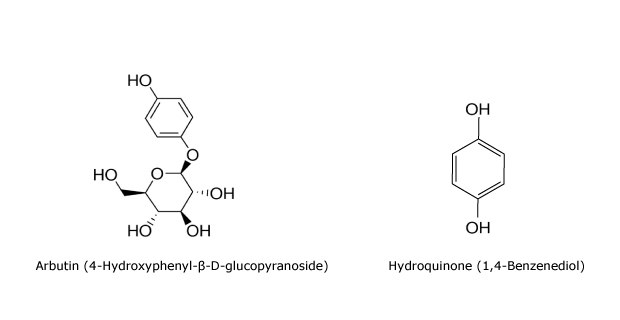
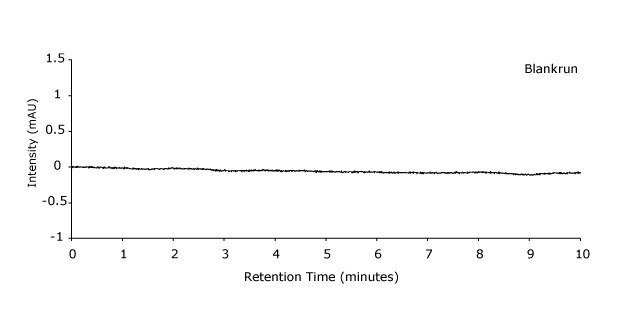
Figure 1.Chromatogram blank.
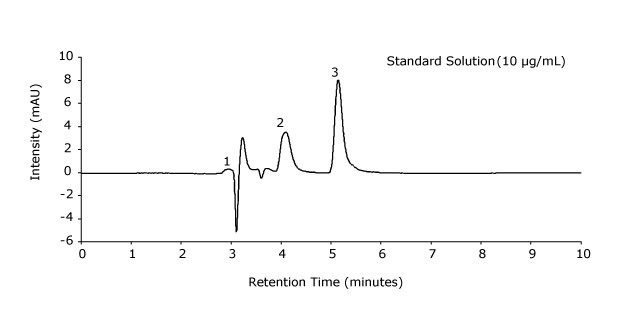
Figure 2.Chromatogram standard solution arbutin and hydroquinone each at 10 µg/mL.
Specificity Test: The standard solution of arbutin and hydroquinone (each at 10 µg/mL) was injected and the retention time and content of desired analyte determined (Table 1). Repeatability was determined by 5 injections of a serum sample solution (Table 2). Calibration and sensitivity results for arbutin and hydroquinone (calibration range 0.10-15.5 µg/mL for arbutin and 0.10-15.3 µg/mL for hydroquinone with 9 calibrators) are shown in Table 3.
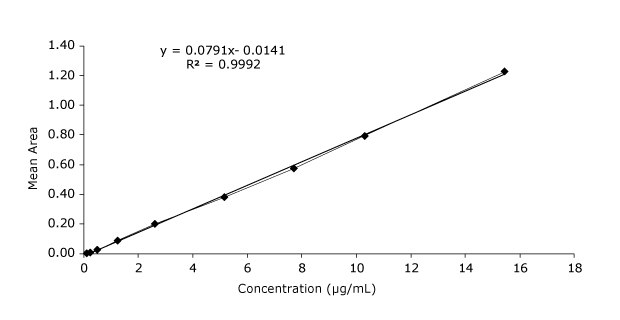
Figure 3.Calibration curve arbutin.
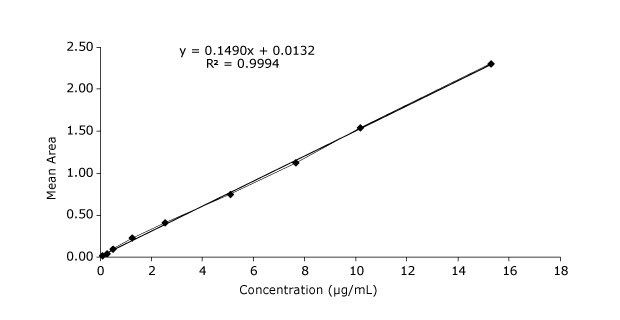
Figure 4.Calibration curve hydroquinone.
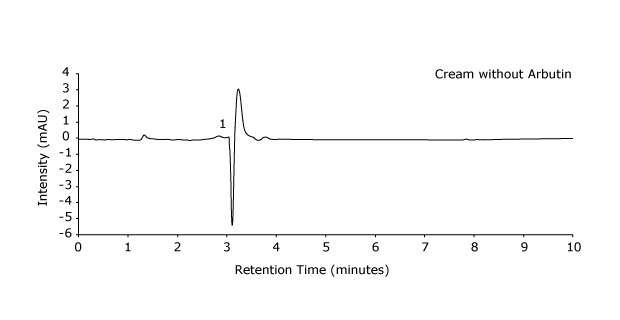
Figure 5.Chromatogram serum without arbutin.
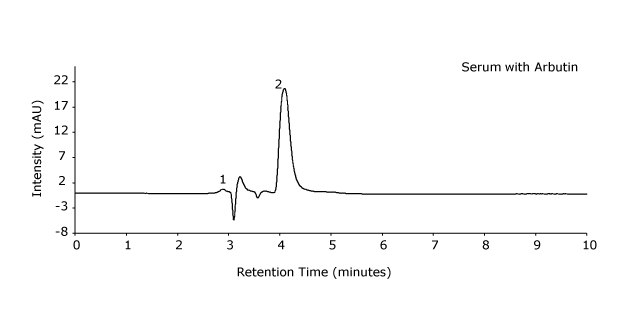
Figure 6.Chromatogram serum containing arbutin
Calculation
ωSample = cst/cPr
ωSample = (63.00 μg/mL) / (2.4 mg/mL)
ωSample = 26.25 µg/mg or 2.63% Arbutin in Serum
where,
ωSample = Concentration of Arbutin in the sample
cst = Concentration calculated from calibration curve (µg/mL)
cPr = Concentration of serum sample in final dilution (mg/mL)
Conclusion
It was shown, that a Chromolith® HighResolution RP-18e 100x2mm column coupled to UV detection can be utilized for the determination of arbutin and hydrochinone in serum. For arbutin, the resulting limit of detection (LOD) was 2.7 µg/mL, and the limit of quantitation (LOQ) was 8.2 µg/mL in the final dilution sample, representing limits for the serum samples of 1.13 mg/g (LOD) and 3.42 mg/g (LOQ); for hydroquinone, the results were 0.5 µg/mL (LOD) and 1.4 µg/mL (LOQ) in the final dilution sample, representing limits for the serum samples of 0.21 mg/g (LOD) and 0.58 mg/g (LOQ). Due to the excellent permeability and low backpressure of this column type, an analytical HPLC-System with a micro cell could be used.
Related Products
References
如要继续阅读,请登录或创建帐户。
暂无帐户?